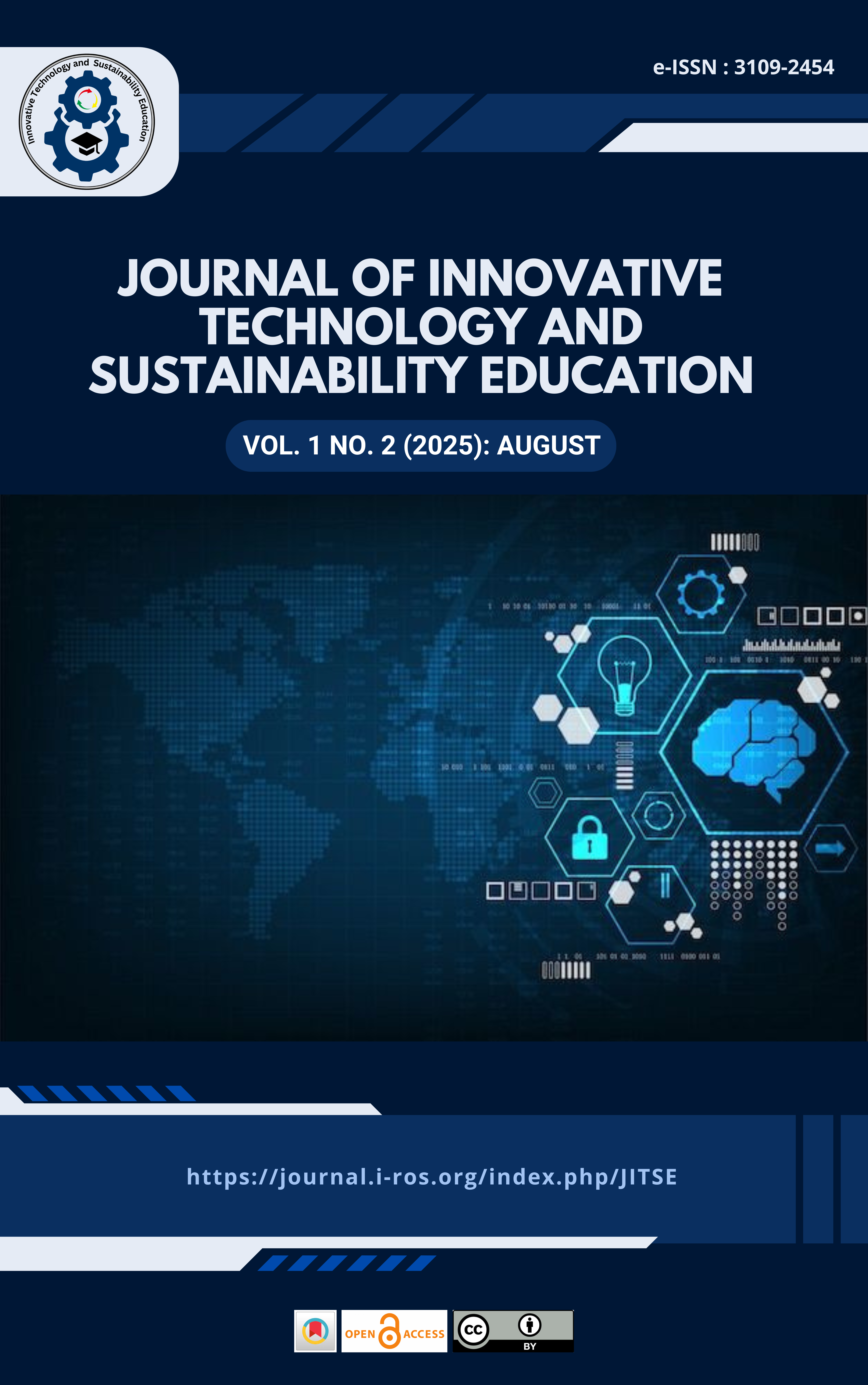Integrating Earthquake Technologies into Physics Learning for Education for Sustainable Development: A Systematic Literature Review
DOI:
https://doi.org/10.63230/jitse.1.2.86Keywords:
Earthquake Technologies, Education For Sustainable Development (ESD), Disaster Risk Reduction, Physics Education, Scientific LiteracyAbstract
Objective: This study aims to synthesize current research on integrating earthquake-related technologies into physics education within the framework of Education for Sustainable Development (ESD). The objective is to examine how these technologies contribute to students' scientific literacy, critical thinking, and disaster preparedness, while also aligning with sustainability goals such as SDG 4 (Quality Education) and SDG 11 (Sustainable Cities and Communities). Method: A Systematic Literature Review (SLR) was conducted using the PRISMA 2020 framework. A total of 546 records were identified from databases, including Scopus, Web of Science, ERIC, and ScienceDirect, with 38 studies meeting the inclusion criteria after screening. Data were analyzed thematically and categorized into technological approaches, pedagogical strategies, and reported learning outcomes. Results: The findings demonstrate that earthquake technologies, including VR/AR simulations, shake tables, and real-time sensors, have a positive impact on student engagement, conceptual understanding, and disaster risk awareness. Pedagogical integration through inquiry-based, project-based, gamification, and problem-solving approaches enhances collaboration, critical thinking, and contextual application of physics concepts. However, challenges remain in terms of limited access to technology, insufficient teacher training, and the lack of longitudinal evidence. Novelty: Unlike previous studies that treated disaster education and physics pedagogy separately, this review bridges both domains under the ESD agenda. It highlights the transformative role of physics classrooms as laboratories for resilience and sustainability, providing a comprehensive framework for integrating disaster-related technologies into science education.
Downloads
Published
Issue
Section
License
Copyright (c) 2025 Journal of Innovative Technology and Sustainability Education

This work is licensed under a Creative Commons Attribution 4.0 International License.



